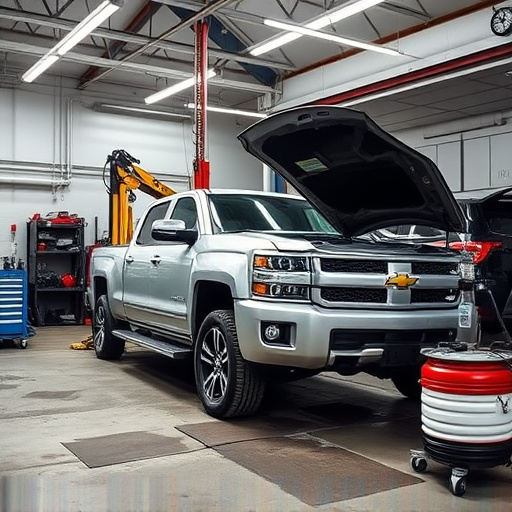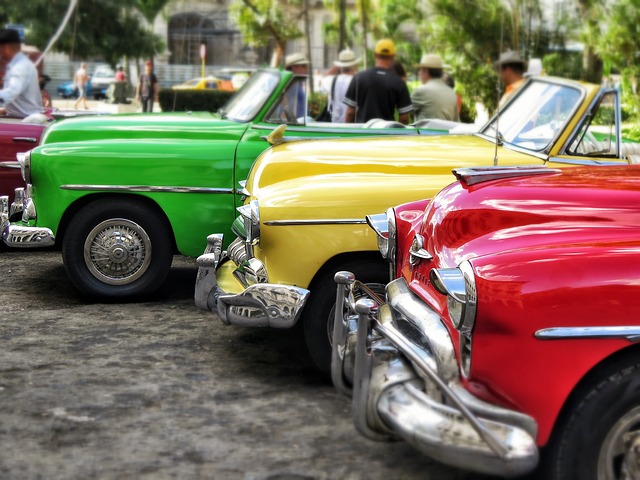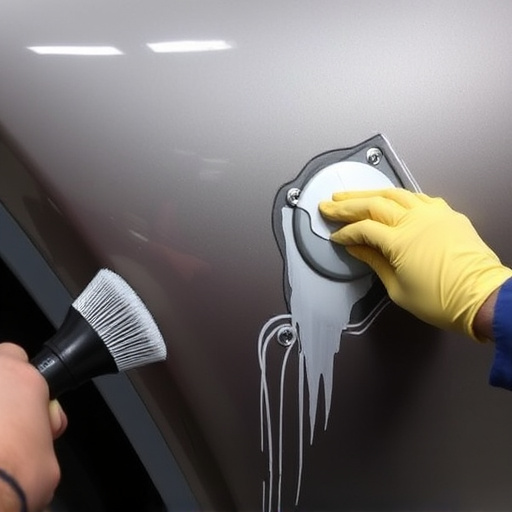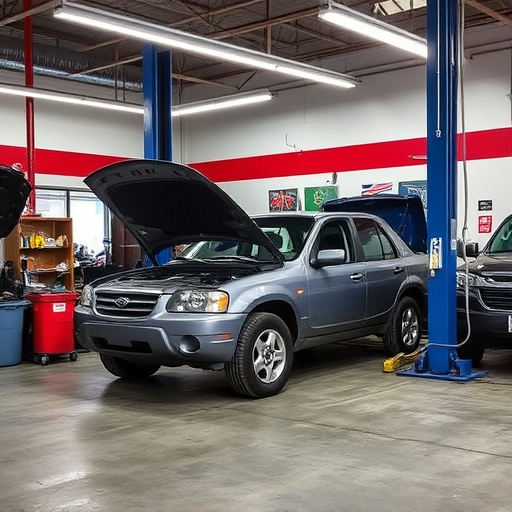Waterborne paint systems are an eco-friendly alternative to traditional oil-based paints, offering reduced emissions and VOC release, lower environmental pollution, and improved indoor air quality during application, especially in automotive collision repair. These systems use water as a solvent, eliminate toxic chemicals, and provide excellent coverage, durability, and recyclability, making them a preferred choice for luxury vehicle repairs and ecological advocates due to their minimal environmental impact and high-quality finishes.
Waterborne paint systems are revolutionizing the industry with their environmental benefits. This eco-friendly alternative offers a safer, cleaner solution compared to traditional oil-based paints. In this article, we explore three key aspects that make waterborne paints stand out: low Volatile Organic Compound (VOC) emissions, renewable and biodegradable ingredients, and reduced waste with recycling opportunities. Discover how these features contribute to a more sustainable future in painting.
- Low Volatile Organic Compound (VOC) Emissions
- Renewable and Biodegradable Ingredients
- Reduced Waste and Recycling Opportunities
Low Volatile Organic Compound (VOC) Emissions
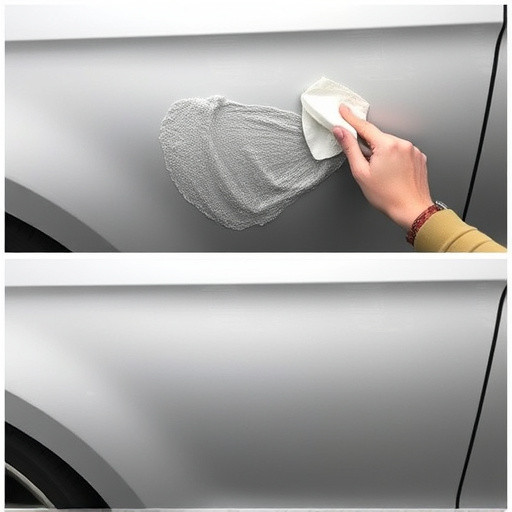
Waterborne paint systems have gained significant attention for their environmental benefits, particularly when it comes to reducing emissions. One of the key factors contributing to their eco-friendliness is the minimal release of Volatile Organic Compounds (VOCs). Unlike traditional solvent-based paints, waterborne alternatives are formulated using water as a carrier instead of harsh solvents. This simple switch significantly cuts down on VOC emissions, which are known pollutants linked to various health issues and climate change.
In the context of car bodywork and collision repair, this is especially advantageous. The process of applying paint to vehicles often involves high levels of VOCs, posing risks to both workers and the surrounding environment. Waterborne paints, however, offer a safer alternative with lower emission rates, making them a preferred choice for eco-conscious collision damage repair shops. This shift not only benefits nature but also improves indoor air quality during the painting process.
Renewable and Biodegradable Ingredients
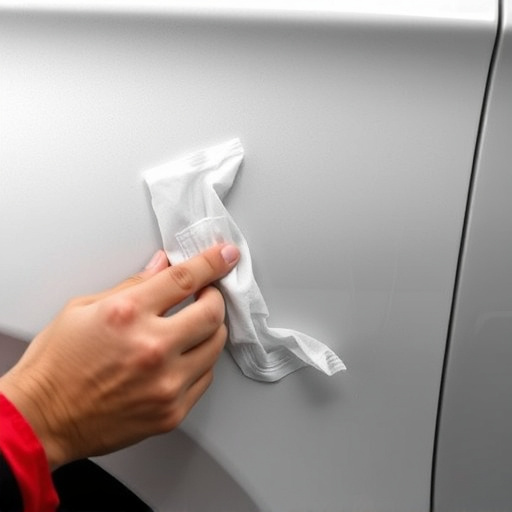
Waterborne paint systems stand out for their commitment to environmental sustainability, largely due to their renewable and biodegradable ingredients. Unlike traditional oil-based paints that can leave harmful residues, waterborne options use water as their primary solvent, significantly reducing pollution potential. The pigments and binders used in these systems are often derived from natural sources or synthesized through eco-friendly processes, minimizing the carbon footprint associated with production.
These eco-conscious formulations also boast superior performance when it comes to coverage and durability. Moreover, they offer a safer working environment for auto repair shop professionals by eliminating the need for toxic chemicals typically found in oil-based paints. This not only benefits the planet but also contributes to the well-being of those involved in dent removal and auto painting processes.
Reduced Waste and Recycling Opportunities
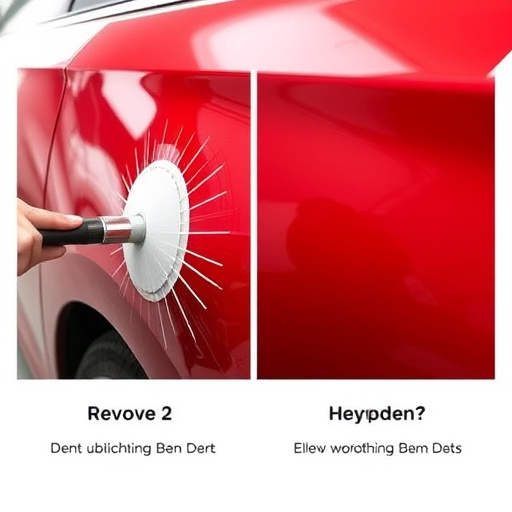
Waterborne paint systems offer a significant advantage in terms of waste reduction and recycling capabilities. Unlike traditional oil-based paints, waterborne alternatives use water as their carrier, minimizing hazardous solvents that often contribute to environmental pollution. This simple yet effective change leads to less toxic waste generation, making them safer for both the environment and human health.
Moreover, these paint systems can be easily recycled or disposed of responsibly. The water-based composition allows for more efficient filtration and treatment processes, ensuring that any leftover paint can be reclaimed and reused. For instance, in the luxury vehicle repair and automotive restoration sectors, where precision and quality are paramount, waterborne paints are increasingly preferred due to their environmental benefits. Auto repair services that adopt these systems contribute to a greener future while maintaining high-quality finishes on both interior and exterior surfaces.
Waterborne paint systems offer a compelling eco-friendly alternative to traditional options. By significantly reducing Low Volatile Organic Compound (VOC) emissions, utilizing renewable and biodegradable ingredients, and promoting reduced waste through recycling opportunities, these systems contribute to a cleaner, healthier environment. Their benefits make waterborne paints an excellent choice for those seeking sustainable solutions in the manufacturing and decor industries.

